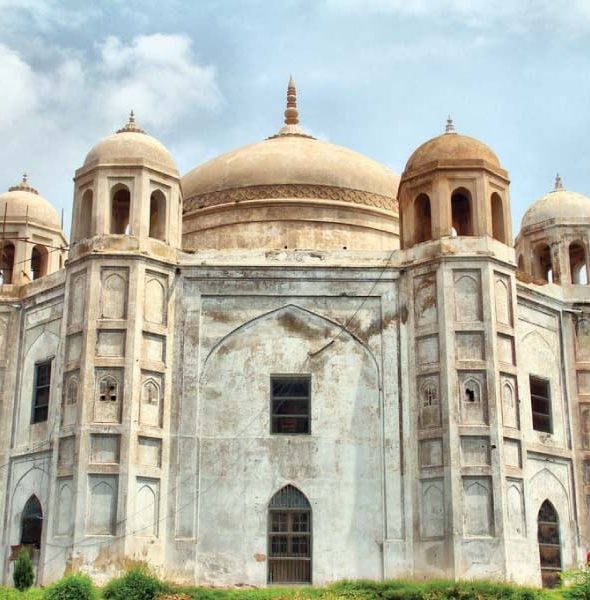ELLENBOROUGH, LORD EDWARD LAW (1790-1871), Governor General of India (1842-44), son of Edward Law, Baron Ellen borough, Lord Chief Justice of England, was born on 8 September 1790. He was educated at Eton and at St John`s College, Cambridge. He became a member of the House of Lords in 1818. He was appointed Lord Privy Seal in 1828 and president of the Board of Control (1828-30) whence began his connection with Indian affairs. He succeeded Lord Auckland as Governor General of India in February 1842. On his arrival in India, Lord Ellenborough found himself confronted with an alarming situation in Afghanistan and northwest frontier.

ANARKALI, the oldest Mughal tomb in Lahore, was built between 1605 and 1615 by Emperor Jahangir for his former favourite dancing girl Anarkali. The tomb was surrounded by extensive gardens enclosed within a high protective wall, and several buildings and palaces were erected in the gardens by Mughal princes and nobles. In 1799, Maharaja Ranjit Singh put up his headquarters there while besieging Lahore. Subsequently, he offered Anarkali to his eldest son, the heir apparent Kharak Singh.









